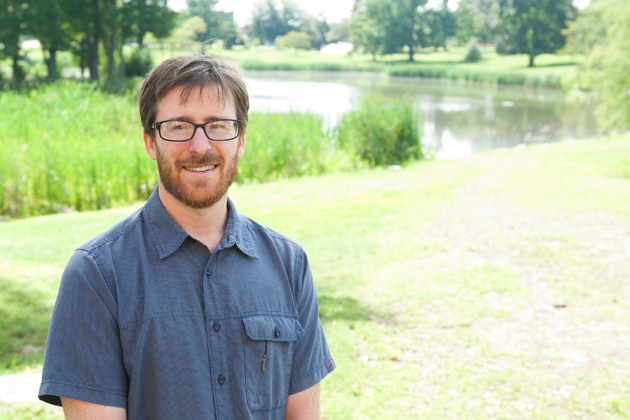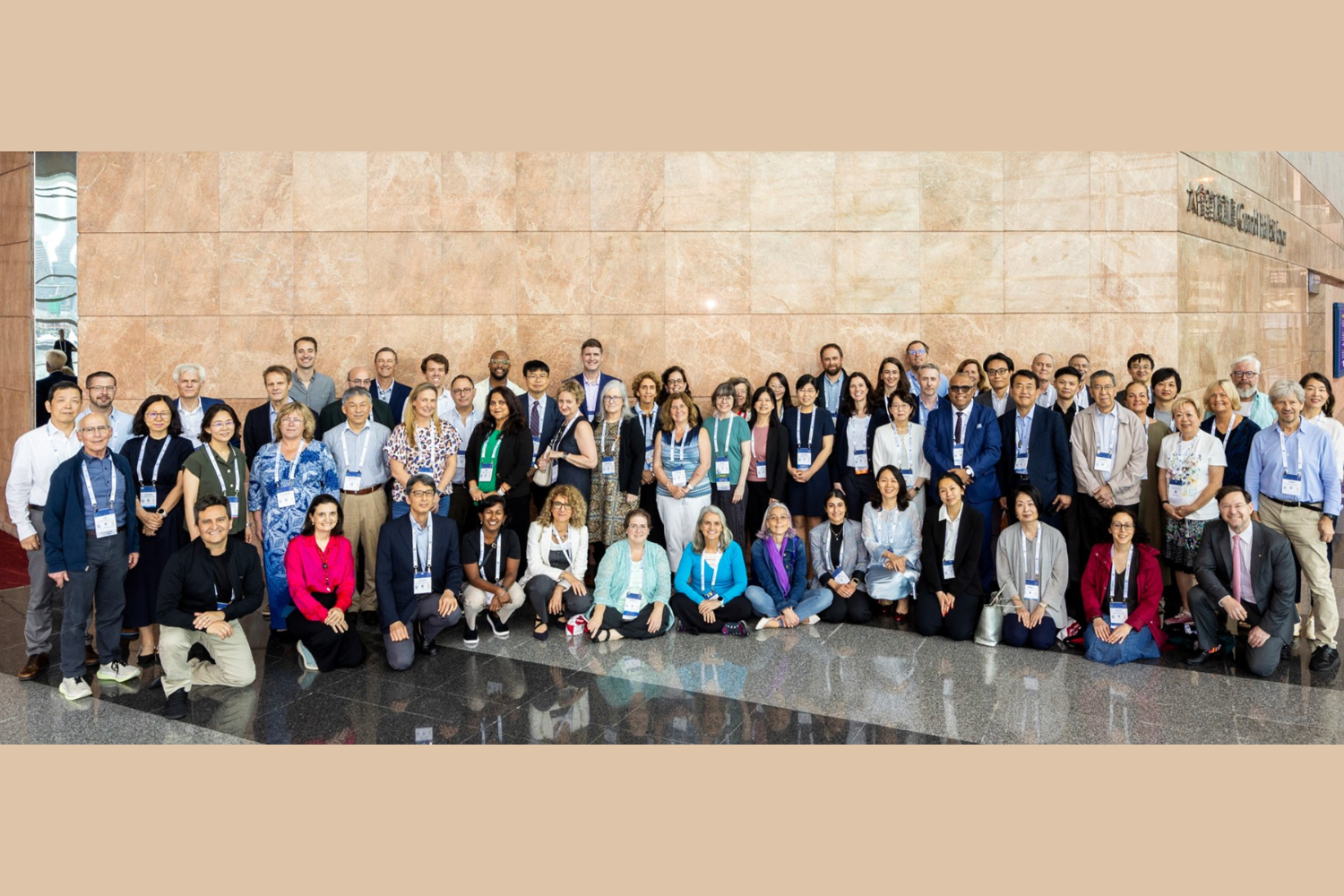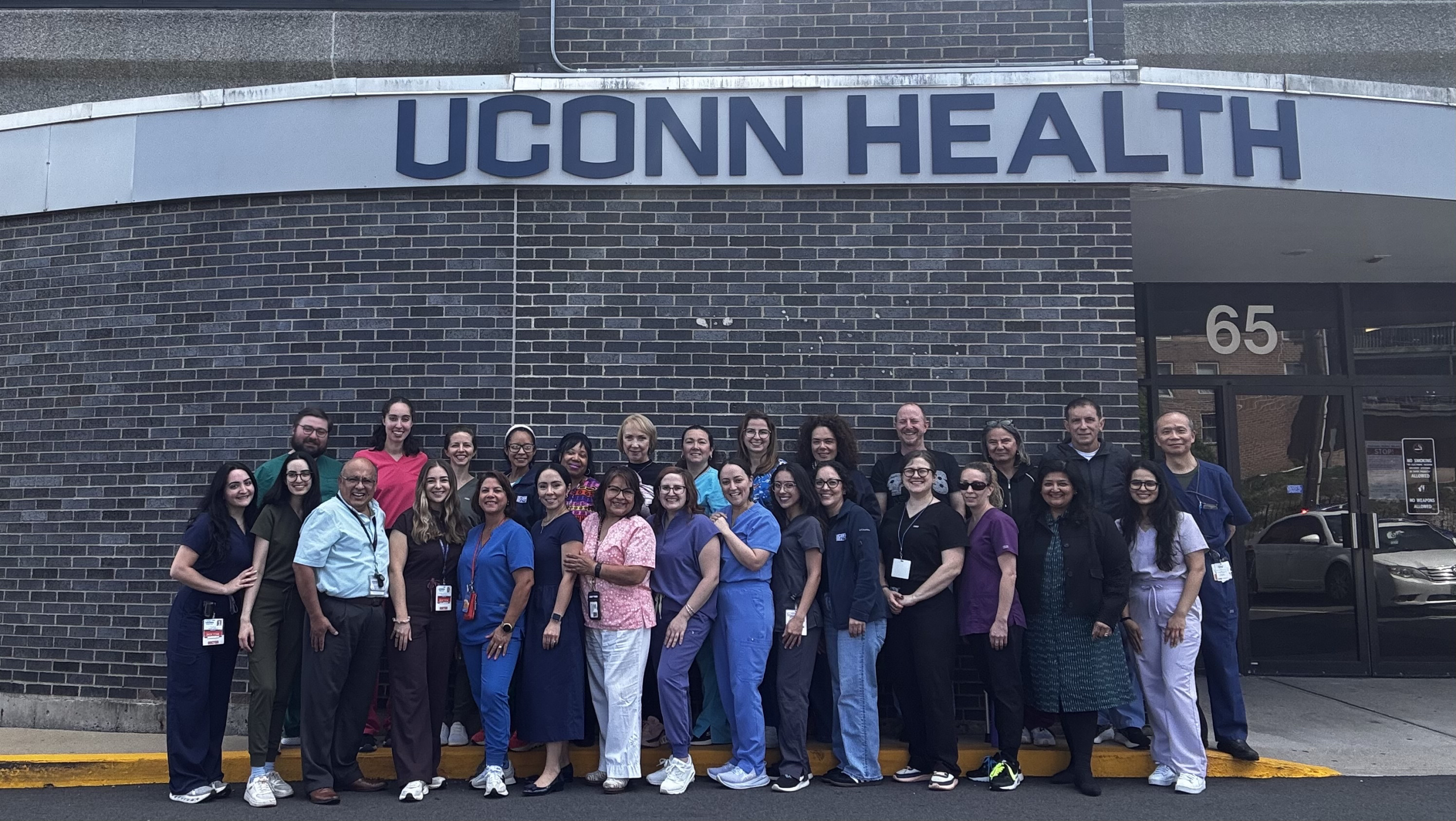
Venice, California may bring to mind images of body builders on the beach, Jim Morrison and the Doors, outdoor art, jugglers on the boardwalk, expensively quaint California bungalows on the canals, and a pervasive scent of marijuana.
“It’s one of the most eclectic and iconoclastic communities in California,” says Andrew Deener, an ethnographer and assistant professor of sociology who lived in Venice for nearly six years in order to study it, both during and after receiving his Ph.D. from the University of California, Los Angeles.
In a new book, “Venice – a Contested Bohemia in Los Angeles” (University of Chicago Press, 2012), he describes the tension between diversity and exclusivity that he sees facing many cities in America as they try to hang on to the diversity and cultural distinctiveness that make urban settings desirable for new groups of middle and upper class residents.
Wealthy people who eschew suburban enclaves in favor of urban diversity have expectations about city life that might not include living alongside the homeless and poor.
How this is working in Venice can tell us much about how it will work in other American cities, Deener says: “Venice represents universal themes about urban life.”

One of those is a growing paradox between a celebration of cultural diversity and notions about what is required for an orderly and comfortable life.
“Urbanites generally give lip service to their search for diversity, but when they see what it means to share spaces – especially with individuals of different socioeconomic backgrounds – they become more cautious and critical,” he found.
Deener had a view of this from his damp beach apartment five blocks from the boardwalk “with warped wooden floors and loose and cracked kitchen tiles” in a building newly surrounded by solar-powered homes and expensive lofts. He frequented a café around the corner, Abbot’s Habit, one of the few remaining older coffee shops on fashionable Abbot Kinney Boulevard, described by GQ magazine as “the hippest block in America.”
Abbot Kinney is a street for $200 jeans, sleek boutiques, and hybrid cars. Not long ago, however, it was the home of thrift stores, vacant lots, and community organizations. Nearby is Oakwood, once home to Venice’s black community but now mostly Latino and white, and Rose Avenue, where social service agencies adjoin remodeled homes and condos. Homeless people inhabit corners and seek shelter in rundown RVs. A Whole Foods store is located across from an affordable housing agency.

While busking was once part of life on the Venice Boardwalk, the art and music scene now is regulated by permits that are disdained by street artists and musicians accustomed to following their own inclinations.
And a new corporate presence has shown up, to the worry of some Venetians. Google moved its Los Angeles office to the Binoculars Building in Venice last year. It recently purchased more space, including Gold’s Gym, frequented by Arnold Schwarzenegger, who began his bodybuilding career in Venice. The former governor has an office and real estate investments in Venice.
The close proximity of people with drastically different income levels, lifestyles, and expectations has provided an interesting study in how people resolve public problems.
As one African American woman in her fifties told Deener, when she was a child in Oakwood, adults sitting on their front steps would ward off gang intrusions by calling out to gang members, “You get away from those kids — You leave ’em alone!”
Hippies in 1960s-era Venice might have called a community meeting to resolve a neighborhood issue.
Now wealthier newcomers are more likely to call the authorities – the police, who make arrests or conduct homeless sweeps, or politicians, who pass ordinances that are then challenged by the ACLU.
It’s a new urban mix, and its conflicts defy quick solutions. What’s needed, Deener says, is to understand how people adapt to their surroundings and carve out spaces where they belong amidst ongoing changes. There are always unintended consequences when different groups share the same neighborhoods, he adds.
In the once-shabby but now-exclusive Canals neighborhood, houses sell for $2 million to $3 million, and homeowners sometimes buy two or three of them to form a compound. A third of the lots were once abandoned and homeless people slept there. That’s no longer the case; changes in the Canals have driven the homeless to concentrate in other, nearby neighborhoods.
In the classic urban sociologist’s view, neighborhoods are studied as separate pieces in the city’s mosaic. But that doesn’t take into account the spillover of neighborhood populations and problems that affect our changing cities, Deener found.
Los Angeles is the most ethnically diverse city in America and also the nation’s homeless capital. Venice, a condensed version of LA’s diversity, provides ethnographers with a close-up case study in how cities are evolving, he says.
Coping with the challenges of new urban life will take time, Deener says: “Locals often joke that if there are three Venetians in a room, they will have at least four opinions.”
See reviews and the University of Chicago Press site http://press.uchicago.edu/ucp/books/book/chicago/V/bo13110973.html



